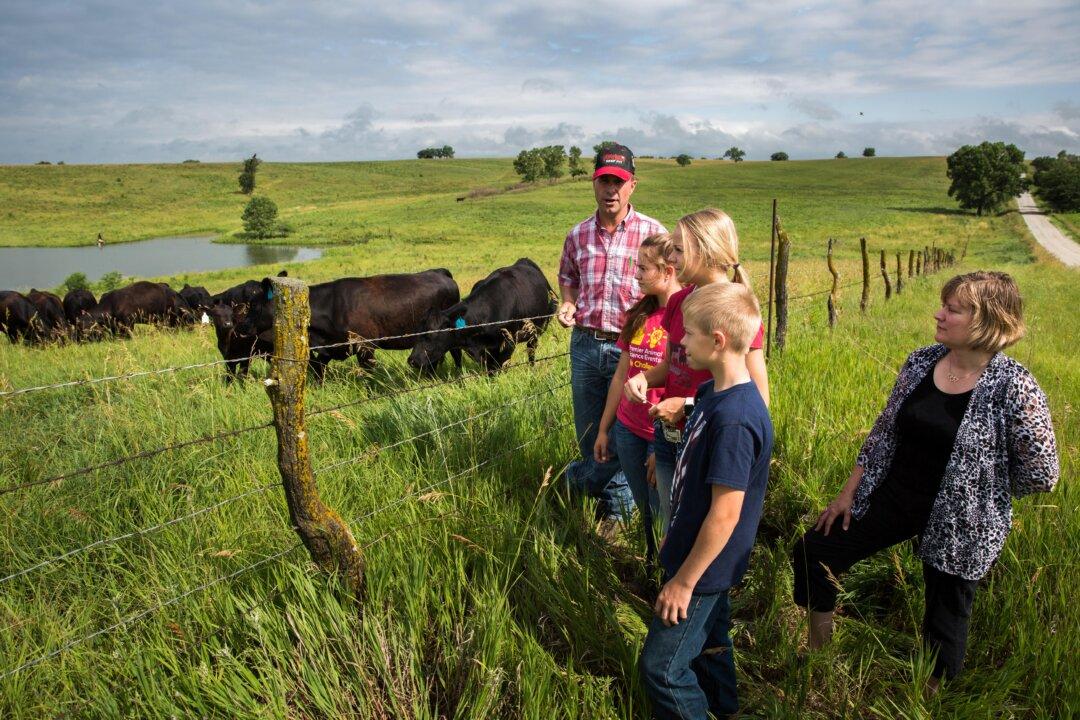STEINAUER, Neb.—Wholesale price of beef was up some 40 percent in May, compared to the average in 2019, according to U.S. Department of Agriculture (USDA) data. Supermarkets and restauranteurs have partly absorbed the price increase and partly passed it on to customers.
Curiously, however, there seems to be neither a shortage of beef, nor a drop in demand. In fact, ranchers have so much cattle, they struggle to get it off their hands and meat packers, it appears, are running near capacity.





